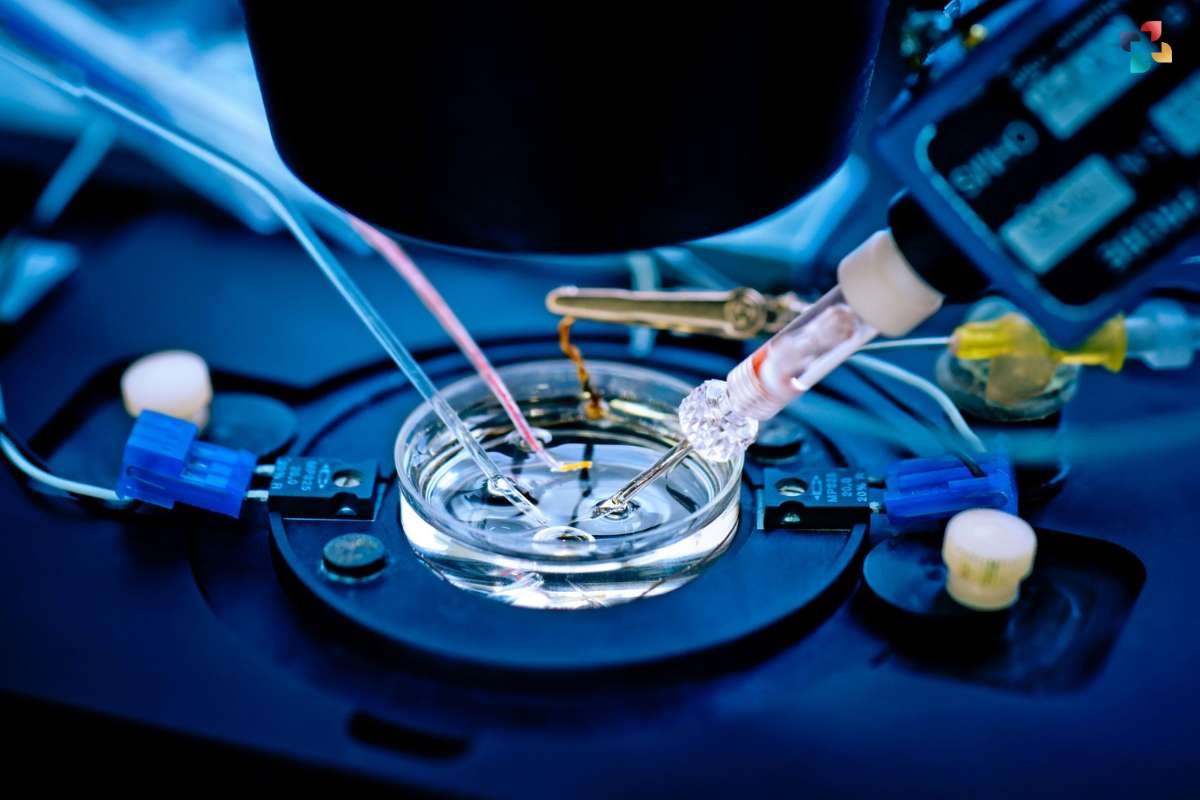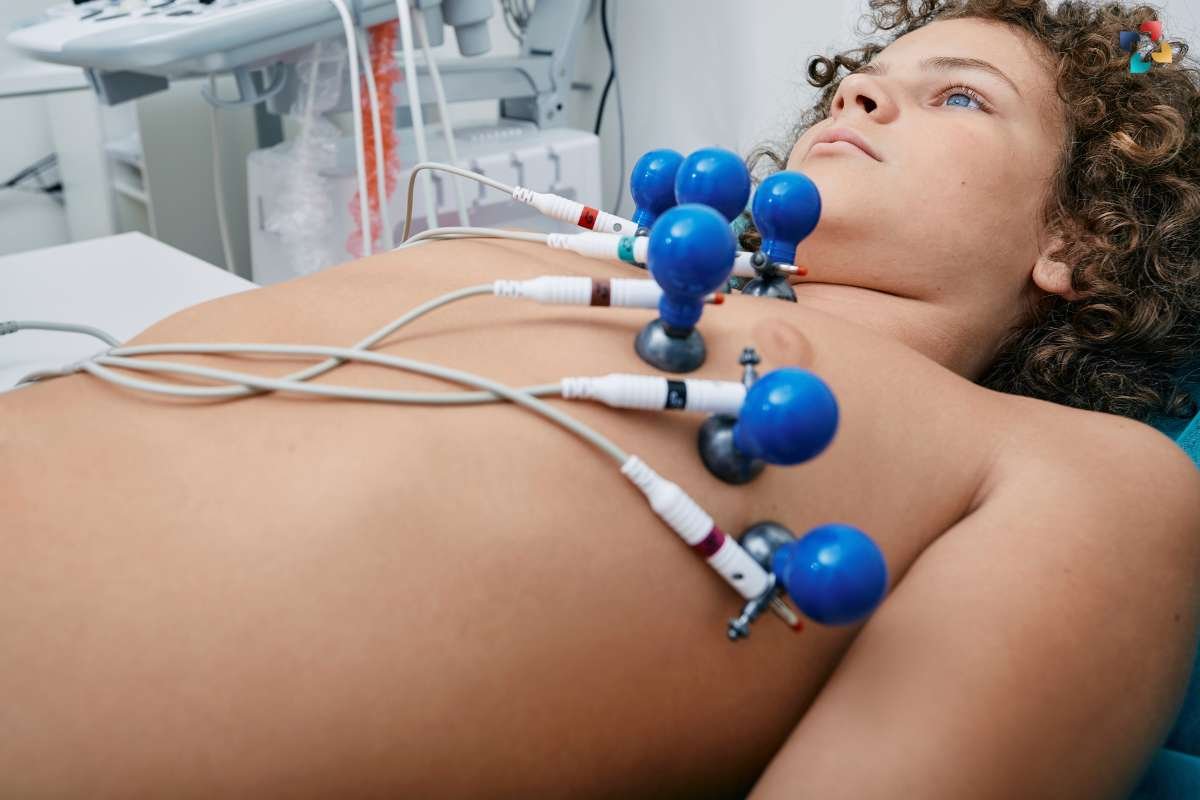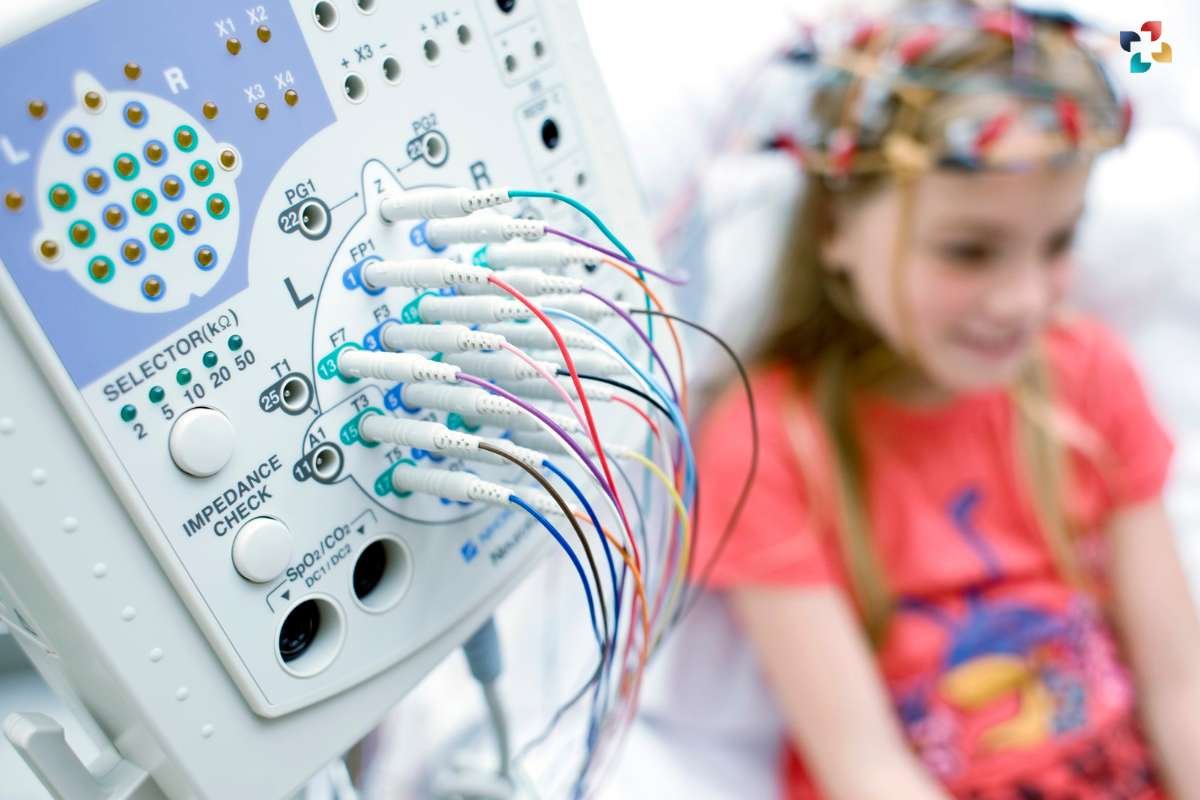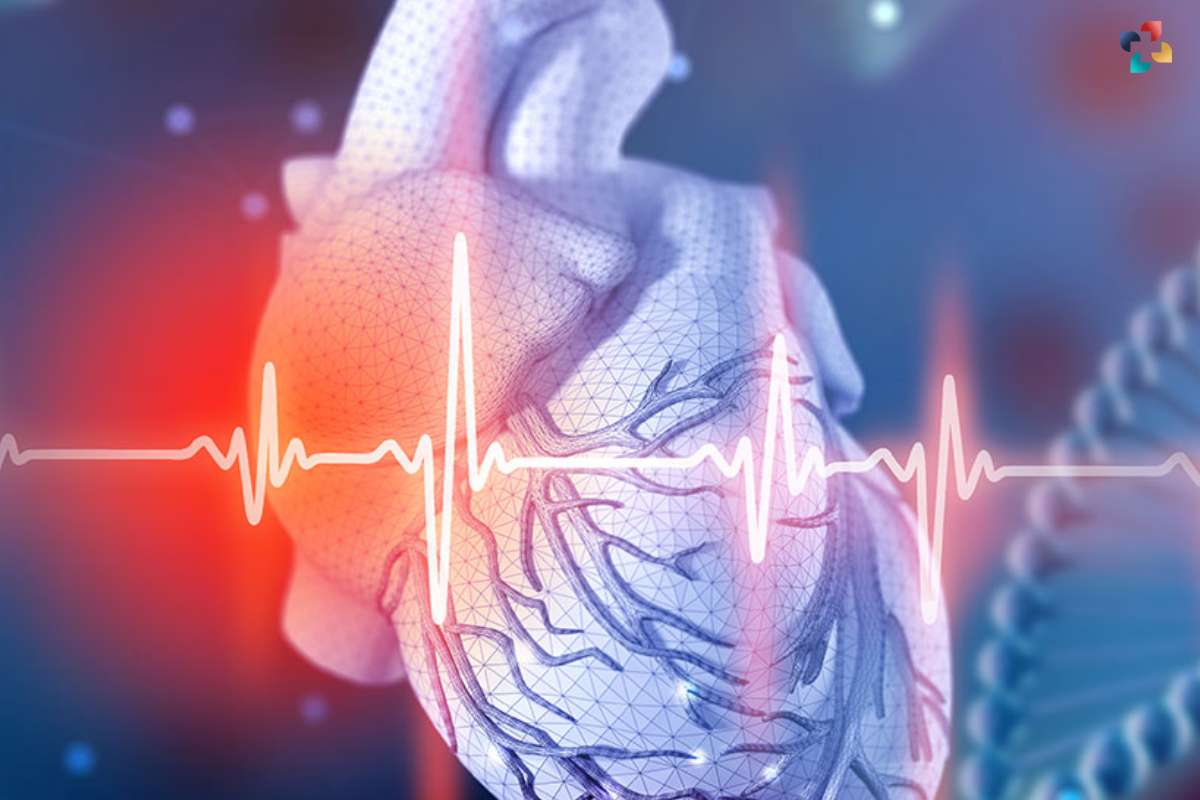source-kauvery hospital
Within the field of physiology, electrophysiology examines the electrical characteristics of biological tissues and cells. It explores the processes by which electrical impulses are produced and transmitted in living things. Essentially, the goal of electrophysiology is to clarify the intricate interactions among ion channels, membrane potentials, and neural signaling pathways in order to provide insight into the basic processes involved in cellular communication and function.
Exploring Electrophysiology Techniques:
Electrophysiology techniques span a spectrum of methodologies, each tailored to investigate specific aspects of cellular electrophysiology. Single-cell recordings, for instance, allow researchers to directly measure electrical activity in individual cells, providing detailed information about ion channel function and membrane potential dynamics.
On the other hand, non-invasive imaging modalities such as electroencephalography (EEG) and functional magnetic resonance imaging (fMRI) enable the visualization of brain activity in real time, offering a holistic view of neural circuitry and connectivity. By combining these diverse techniques, researchers can gain a comprehensive understanding of the intricate electrical networks that govern biological systems, paving the way for groundbreaking discoveries in neuroscience and medicine.
1. Patch Clamp Recording:
Patch clamp recording is a gold standard technique in electrophysiology that allows for the precise measurement of ion channel activity in individual cells. By creating a high-resistance seal between a glass pipette and the cell membrane, researchers can monitor ion fluxes across the membrane in real time, providing detailed information about channel kinetics and conductance properties.

- Gold standard technique: Patch clamp recording is widely recognized as the gold standard in electrophysiology due to its unparalleled precision and accuracy.
- Precise measurement: This technique enables researchers to precisely measure ion channel activity within individual cells, offering insights into cellular function at the molecular level.
- High-resistance seal: By creating a high-resistance seal between a glass pipette and the cell membrane, patch clamp recording allows for the isolation of a small patch of membrane, ensuring accurate measurements.
- Real-time monitoring: Researchers can monitor ion fluxes across the membrane in real time, providing dynamic information about channel kinetics and conductance properties.
- Detailed information: Patch clamp recording provides detailed information about the amplitude, duration, and frequency of individual channel openings and closures, facilitating the study of channel gating mechanisms and drug interactions.
2. Voltage-Clamp Analysis:
Voltage-clamp analysis is another essential technique used to investigate the electrical properties of excitable cells, such as neurons and cardiac myocytes. By controlling the membrane potential of the cell while measuring the resulting ionic currents, researchers can elucidate the underlying mechanisms of action potential generation and propagation, as well as the function of voltage-gated ion channels.
- Investigating electrical properties: Voltage-clamp analysis is a crucial method for studying the electrical properties of excitable cells, including neurons and cardiac myocytes.
- Membrane potential control: Researchers control the membrane potential of the cell during voltage-clamp analysis, allowing for precise manipulation of the cell’s electrical state.
- Measuring ionic currents: By measuring the resulting ionic currents, researchers can gain insights into the mechanisms of action potential generation and propagation within excitable cells.
- Understanding voltage-gated ion channels: Voltage-clamp analysis helps researchers understand the function of voltage-gated ion channels, which play a critical role in regulating cellular excitability and signaling.
- Elucidating mechanisms: This technique provides valuable information about the kinetics, conductance, and regulation of ion channels, contributing to a deeper understanding of cellular physiology and pathology.
3. Electrocardiography (ECG):
Electrocardiography (ECG) is a non-invasive technique used to record the electrical activity of the heart. By placing electrodes on the skin’s surface, clinicians can detect and analyze the heart’s electrical signals, providing valuable information about cardiac rhythm, conduction abnormalities, and the presence of ischemia or infarction.

- Non-invasive procedure: ECG is a non-invasive technique, meaning it does not require penetration of the skin or body cavities, making it safe and comfortable for patients.
- Detecting electrical activity: ECG records the heart’s electrical activity by detecting and measuring the electrical signals generated by the heart as it contracts and relaxes.
- Electrode placement: Clinicians place electrodes on specific areas of the skin’s surface, typically on the chest, arms, and legs, to capture different views of the heart’s electrical activity.
- Analyzing cardiac rhythm: ECG analysis provides insights into the heart’s rhythm, helping clinicians identify abnormalities such as tachycardia (rapid heart rate) or bradycardia (slow heart rate).
- Assessing conduction abnormalities: ECG can detect conduction abnormalities, such as atrioventricular block or bundle branch block, which may affect the heart’s ability to conduct electrical impulses effectively.
- Diagnosing ischemia and infarction: ECG findings can indicate the presence of myocardial ischemia (reduced blood flow to the heart muscle) or infarction (heart attack), providing critical information for diagnosing and managing cardiovascular conditions.
4. Electroencephalography (EEG):
Electroencephalography (EEG) is a technique used to measure the electrical activity of the brain. By placing electrodes on the scalp, researchers can monitor neural oscillations and synaptic activity, offering insights into brain function, sleep patterns, cognitive processes, and neurological disorders such as epilepsy and Alzheimer’s disease.

5. Electromyography (EMG):
Electromyography (EMG) is a technique used to measure the electrical activity of skeletal muscles. By inserting needle electrodes into the muscle tissue or placing surface electrodes on the skin, clinicians can assess muscle function, diagnose neuromuscular disorders, and monitor the effectiveness of rehabilitation interventions.
FAQs:
1. What is Electrophysiology?
Electrophysiology is the study of electrical activity in biological cells and tissues, encompassing various techniques to measure and analyze electrical signals generated by living organisms.
2. What are the Applications of Electrophysiology?
Electrophysiology has diverse applications in both research and clinical settings, including the study of neuronal communication, cardiac function, muscle contraction, and sensory perception.
3. What Techniques are Used in Electrophysiology?
Common techniques in electrophysiology include patch clamp recording, voltage-clamp analysis, electrocardiography (ECG), electroencephalography (EEG), and electromyography (EMG), among others.

How Neuroscience Helps Us Understand Mind and Brain?
Scientists have been studying Neuroscience since ancient times, and the field continues to advance today. In a general sense, neuroscience is all things psychology that tries to understand the know-how of the brain and the mind.
4. How Does Electrophysiology Contribute to Medicine?
In medicine, electrophysiology plays a crucial role in diagnosing and treating various disorders, such as cardiac arrhythmias, epilepsy, Parkinson’s disease, and muscular dystrophy, by providing insights into abnormal electrical patterns and identifying potential therapeutic targets.
5. What are the Future Directions of Electrophysiology Research?
The future of electrophysiology research holds promise for advancements in understanding the molecular mechanisms of disease, developing novel therapeutic interventions, and refining diagnostic tools for personalized medicine.
Conclusion:
At the vanguard of scientific research, electrophysiology provides unmatched insights into the electrical characteristics of living things. Electrophysiology continues to spur innovation and influence our knowledge of biology and medicine, from solving the puzzles of neural signaling to identifying and treating neurological disorders, cardiovascular ailments, and more. The prospects for novel findings and game-changing treatments present enormous promise for the advancement of science and healthcare in the future.











